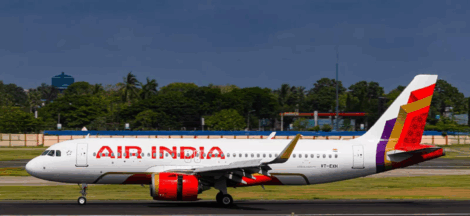A missile barrage struck the al‑Udeid Air Base near Doha on Monday night, in a determined response to US bombing of Iranian nuclear sites. The attack targeted the largest US military facility in the region—home to CENTCOM command structures—and heightened anxieties across the Gulf.
Iranian state media described the strike as “mighty and successful,” mirroring the number of bunker‑buster bombs dropped on its underground nuclear infrastructure over the weekend. Tehran reportedly provided advance warning to US and Qatari authorities, enabling interception systems to destroy 13 out of 14 incoming missiles, according to US officials. One missile struck the base perimeter, causing minimal damage and no reported casualties. President Trump downplayed the attack as “very weak response” and “very effectively countered”.
The assault followed US President Trump’s decision to authorise airstrikes against three Iranian nuclear facilities on 22 June, including Fordow and Natanz, using bunker‑busting munitions. Those strikes marked a historic escalation, targeting previously unassailable underground sites.
Doha closed its airspace ahead of Iran’s action and advised residents—including foreign diplomats—to shelter in place. Qatar’s foreign ministry clarified that the shutdown was precautionary, and flights resumed hours later without incident. Western embassies, including US and UK missions, issued shelter‑in‑place advisories during the warnings.
Iran’s Supreme Leader Ayatollah Ali Khamenei asserted that Tehran would “never submit to aggression,” framing the strike as a demonstration of resolve. Foreign Minister Abbas Araqchi stated Iran was prepared for further action if American forces struck again. Qatar, Bahrain, UAE, Saudi Arabia, Kuwait and Iraq publicly condemned the attack, citing violations of sovereignty and international law. Qatar’s Majed Al Ansari highlighted the necessity for dialogue, emphasising the deep ties between Doha and Tehran.
The strike sent immediate shockwaves through regional security. Oil prices briefly dropped 7%, reflecting market expectations that Iran would avoid disrupting Gulf energy routes. Meanwhile, Israel launched its own wave of strikes on Tehran, including the notorious Evin prison and roads leading to the Fordow site—an unprecedented move further broadening the conflict’s footprint.
Al‑Udeid hosts approximately 8,000 US troops and houses the Combined Air Operations Center—an essential node for regional US power projection. Its role has expanded since US forces increased deployments in response to threats from Tehran-affiliated militias across Iraq and Syria. President Trump visited the base in May, reiterating that “When we’re threatened, America’s military will answer our enemies without even thinking about it”.
CENTCOM reported that US and Qatari defence systems collaborated closely to intercept the missile salvo, underscoring the depth of their strategic partnership. With military assets from the US Fifth Fleet to drones and fighter jets dispersed across the Gulf, officials say defence posture remains vigilant.




